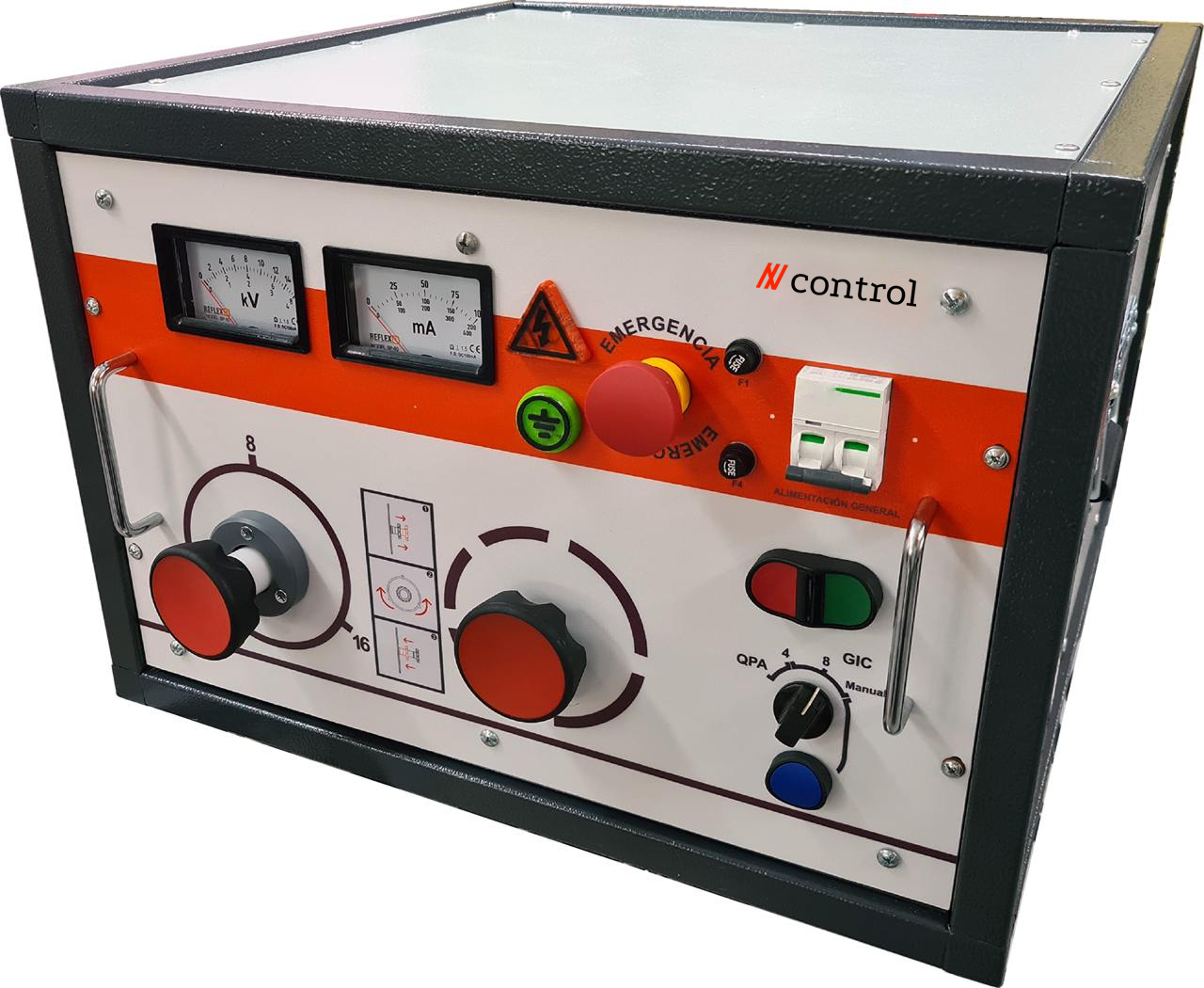ICE (Impulse Current Method) is a widely used technique for locating high-resistance faults in power cables, especially in cases where traditional reflectometry methods may struggle to identify the exact point of breakdown.
This method works by applying a high-voltage surge (typically using a Surge Voltage Generator HVC-GS) to the faulty cable. When the impulse reaches the fault, part of the energy is converted into a rapid current pulse due to partial breakdown or arcing at the defect site. This current pulse travels back along the cable and is detected by a current sensor or coupler (often integrated near the test point).
A key advantage of ICE is that it allows technicians to capture the actual impulse response generated by the fault, offering a clearer signal than purely voltage-based reflection techniques. When analyzed using an oscilloscope or a dedicated fault locator unit, the timing of this current pulse reveals the exact distance to the fault—similar to how radar works.
ICE is particularly effective when used in combination with other methods like ARM (Arc Reflection Method) or acoustic pinpointing, enabling precise and efficient diagnostics in underground or shielded cable systems.


